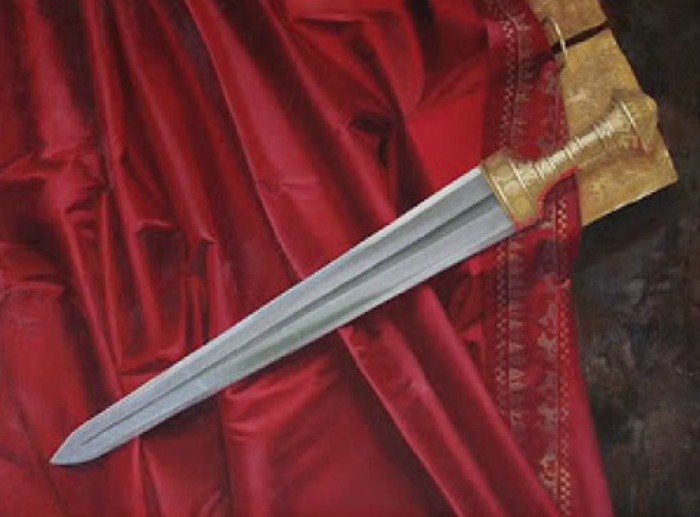X-From_: [emailaddress] Tue Sep 14 17:22:54 1999
Dear Gramps,
In the Book of Mormon it states the Nephites and Jaredites had horses (1 Ne. 18:25; 2 Ne. 12:7; Enos 1:21; Alma 18:9-12; 3 Ne. 3:22, 21:14; Ether 9:19) and elephants (Ether 9:19). If they did, why did the Indians (Lamanites) not know about horses when the explorers came to the new world? And do you know if there is any archaeological evidence that there were horses and elephants on the American continent when the Jaredites and Nephites were around?
Thanks Gramps,
Gidgt
Dear Gidgt,
It is not true that the Lamanites knew nothing of the horse when the Spaniards arrived. It is true that the Spaniards found no horses in Mexico, Central America and Peru, and from that deduced that there were no horses on the American continent. However, Sir Francis Drake, visiting the west coast of North America, saw “large bands of wild horses,” as quoted below:
“So far as the nonexistence of the horse in ancient America is concerned, the question has forever been set at rest by the discovery of the remains of this animal all over the land; and though Cortez and his followers saw none alive, yet Admiral Sir Francis Drake did see large bands of wild horses on the Oregon Coast in 1579, far too early for any to have escaped from the Spaniards, grown wild, and traveled so vast a distance” (Reynolds and Sjodahl, Commentary on the Book of Mormon Vol. 6, p.236.)
There has been work performed at Gypsum Cave and other locations “where mammoth, mastodon, camel and horse with man, and there is a map showing twenty-three places where extinct animals have been associated with man in the United States” (M. R. Harrington, Gypsum Cave, Nevada, Southwest Museum Papers, No. 8,37.)
I have observed the skeletons of prehistoric horses in a museum of natural history in Buenos Aires, Argentina, that where discovered in Argentina by Charles Darwin (1809-1882). I could tell no difference from the skeletons of modern horses except for one particular. The bone extending over the nose of the modern horse is about four inches long after it separates from the rest of the skull; however, on those pre-historic horses that bone was about 10 inches long.
Concerning elephants: the elephant is a close relative to the wooly mammoth and the mastodon–both have tusks and trunks and are about the same size as elephants. Again, I have seen the remains of a wooly mammoth that is currently being excavated in Nebraska. Although it is not yet on public display, it is being prepared by the Dawson County Historical Society, in Lexington, Nebraska. The entire skull (with tusks) has been excavated and transported to the museum.
“The Mastodon . . . is known to have survived into the historical period. According to Mr. M. R. Harrison, curator of the Los Angeles Museum, the earliest inhabitants of California, the ‘Folsom’ people, hunted both bisons and mammoths, the latter being also known as extinct elephants. Obsidian spearheads and knives, we are informed, have been found among bones of those extinct animals on the shores of a pond in Clear Lake Park, where the people mentioned seem to have had a favorite camp (Reynolds and Sjodahl, Commentary on the Book of Mormon, Vol. 6, p.144.)
The Folsom people apparently pre-dated the Nephite and Jaredite cultures, but evidence shows that the horse and ‘elephant’ were native to the American Continent before the advent of the Bok of Mormon cultures, rather than being introduces by Europeans in the 1500’s..
Gramps







